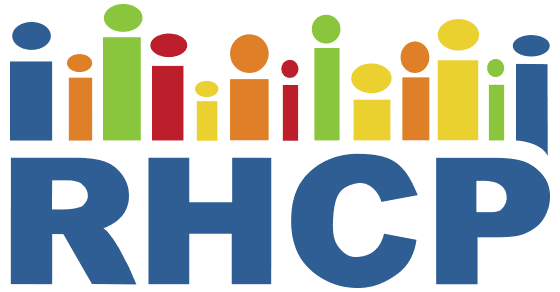Perspectives on Physical Activity Among Immigrants and Refugees to a Small Urban Community in Minnesota
Journal of Immigrant and Minority Health, 2015 Feb;17(1):263-75
Background: Immigrants and refugees to the United States exhibit relatively low levels of physical activity, but reasons for this disparity are poorly understood.
Methods: 16 gender and age-stratified focus groups were conducted among 127 participants from heterogenous immigrant and refugee groups (Cambodian, Mexican, Somali, Sudanese) in a small Minnesota urban community.
Results: We found many similarities in perceived barriers and facilitators to physical activity between heterogeneous immigrant and refugee groups. While the benefits of physical activity were widely acknowledged, lack of familiarity and comfort with taking the first steps towards being physically active were the most significant barriers to physical activity. Participants described being motivated by social support from family, friends, and communities to be physically active.
Conclusion: Our findings suggest that shared experiences of immigration and associated social, economic, and linguistic factors influence how physical activity is understood, conceptualized and practiced.

